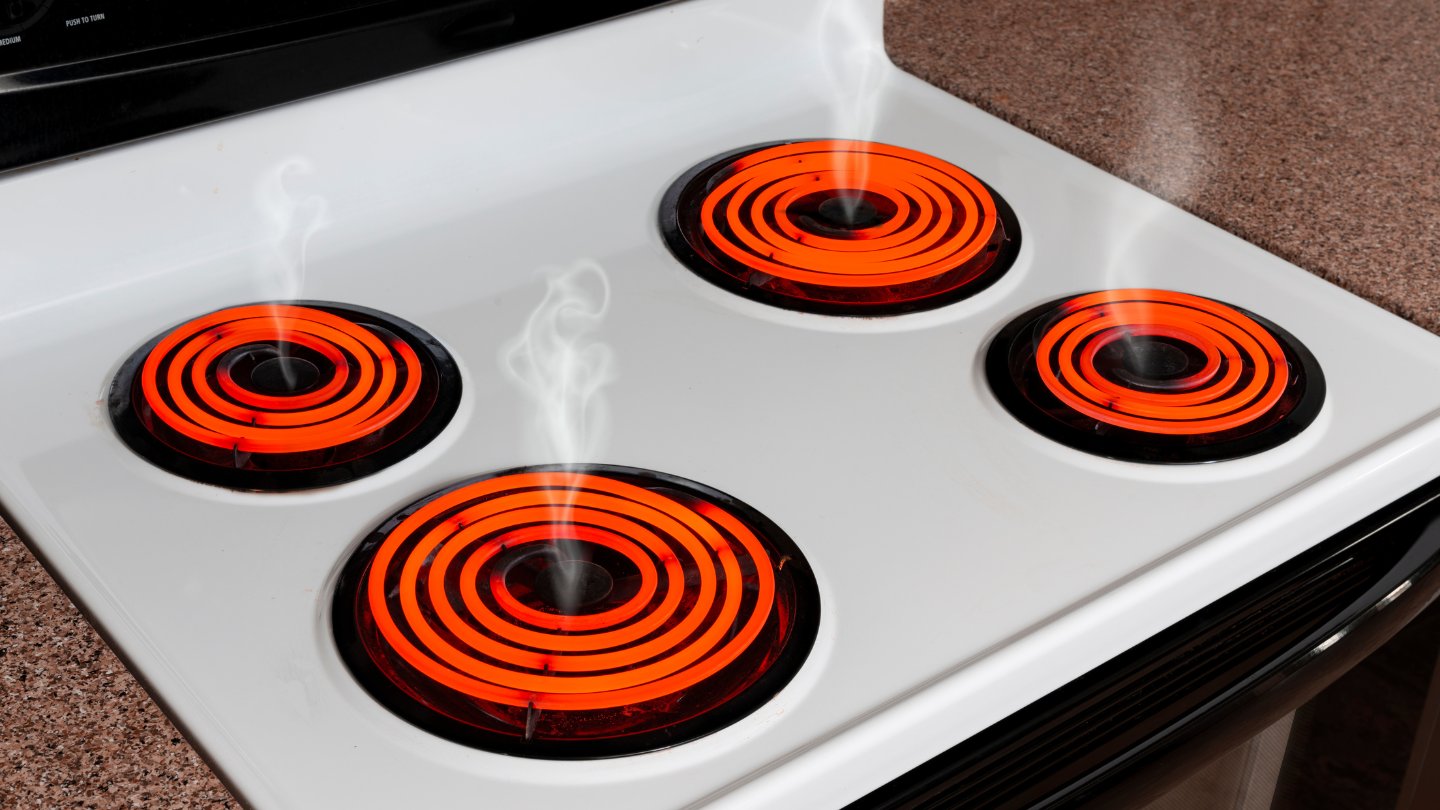

Articles
Why Are My Stove Burners Smoking
Modified: December 7, 2023
Discover articles explaining why your stove burners are smoking. Get valuable tips and insights to troubleshoot the issue and ensure a safe and efficient cooking experience.
(Many of the links in this article redirect to a specific reviewed product. Your purchase of these products through affiliate links helps to generate commission for Storables.com, at no extra cost. Learn more)
Introduction
When it comes to cooking, a functioning stove is essential. However, you may encounter a situation where your stove burners start emitting smoke. This unexpected occurrence can be concerning and may indicate a potential issue with your stove. In this article, we will explore the possible causes of stove burner smoke and provide troubleshooting steps to help you address the problem.
Before we delve into the possible causes, it’s important to note that any smoke or strong odor coming from your stove should not be ignored. It’s always best to exercise caution and follow the necessary safety protocols. If you believe there is an immediate danger, such as a gas leak or electrical issue, it is advisable to contact a professional or your local utility company for assistance.
With that said, let’s explore some of the common reasons why your stove burners may be smoking.
Key Takeaways:
- Keep your stove burners clean to prevent smoke. Regularly clean the burners and stovetop to remove grease and food residue buildup, ensuring a smoke-free cooking experience and improved stove performance.
- Prioritize safety and seek professional help. Addressing electrical and gas-related issues requires expertise. Consult professionals to ensure safe and efficient operation of your stove burners, minimizing the risk of smoke emission.
Read more: Why Is One Of My Stove Burners Not Working
Possible Causes of Stove Burner Smoke
1. Grease or Food Residue:
One of the most common reasons for stove burner smoke is grease or food residue buildup. Over time, grease and food particles can accumulate on the burners and heating elements. When the stove is turned on, the heat causes the residue to burn, resulting in smoke. Regular cleaning of the burners and stovetop can help prevent this issue.
2. Incorrect Installation or Connection:
If your stove burners are newly installed or recently moved, it’s possible that they were not properly installed or connected. This can lead to inadequate ventilation, causing smoke to be emitted during operation. It’s important to ensure that your stove is installed correctly and all connections are secure.
3. Electrical Issues:
Electrical problems can also cause stove burners to smoke. Worn-out or damaged electrical components, such as wiring, switches, or ignition systems, can create sparks or overheating, leading to smoke. In some cases, these electrical issues may require professional intervention to be safely resolved.
4. Gas Leaks or Malfunctioning Gas Supply:
In gas stoves, a potential cause of smoke is a gas leak or malfunctioning gas supply. If there is a leak in the gas line or a problem with the gas regulator, it can result in incomplete combustion, causing smoke. Gas leaks can be dangerous and require immediate attention from a professional technician.
5. Damaged Heating Elements:
If the heating elements of your stove burners are damaged or worn-out, they may not distribute heat evenly. This can lead to excessive heat in certain areas, causing food particles or grease to burn and produce smoke. Inspecting and replacing faulty heating elements can help resolve this issue.
6. Cookware Material:
The material of the cookware you use can also contribute to stove burner smoke. Non-stick coatings that have deteriorated over time or are overheated can release fumes, leading to smoke. Additionally, using cookware with plastic handles or mismatched lids can cause melting or burning, resulting in smoke.
These are some of the possible causes of stove burner smoke. In the next section, we will provide troubleshooting steps to help you address the issue and enjoy smoke-free cooking.
Grease or Food Residue
One of the most common causes of smoke coming from stove burners is the buildup of grease or food residue. Over time, as you cook on your stove, small particles of grease and food can accumulate on the burners and heating elements. When these burners are switched on, the heat causes the residue to burn, producing smoke.
To address this issue, it’s important to regularly clean your stove burners and stovetop. Here are some steps you can take:
- First, make sure the burners and stovetop have cooled down completely before cleaning. This will prevent any accidental burns.
- Remove the grates or burner caps from the stovetop and set them aside.
- Using a damp cloth or sponge, wipe away any visible grease or food residue from the burners and stovetop surface.
- If there is stubborn residue, you can make a paste using baking soda and water. Apply the paste to the affected areas and let it sit for a few minutes. Then, scrub gently with a non-abrasive sponge or brush.
- Rinse the burners and stovetop with clean water and wipe them dry.
- For removable burner components, such as drip pans or burner caps, soak them in warm, soapy water. Scrub away any residue and rinse thoroughly before drying.
- Once the burners and stovetop are dry, reassemble the components and ensure they are properly fitted.
Regular cleaning of your stove burners and stovetop will not only help prevent smoke but also improve the overall performance and longevity of your stove. It’s recommended to incorporate this cleaning routine into your regular kitchen maintenance to maintain a smoke-free cooking experience.
If you notice persistent smoke even after cleaning, there may be other underlying issues causing the problem. In such cases, it’s advisable to consult a professional technician to diagnose and resolve the issue.
Incorrect Installation or Connection
Another possible cause of stove burner smoke is incorrect installation or connection. If your stove burners have been recently installed or moved, it’s important to ensure that they are properly installed and connected. Improper installation can restrict proper ventilation, leading to smoke emission during operation.
To check for correct installation and connection, follow these steps:
- Start by turning off the power and gas supply to the stove.
- Carefully examine the burner placement and alignment. Make sure they are securely attached and fitted into their designated slots.
- If your stove has a gas connection, check for any loose or leaking connections. Use a mixture of soap and water and apply it to the gas connections. If you notice any bubbles forming, it indicates a gas leak. In such cases, it is crucial to contact a professional technician to fix the issue.
- Inspect the ventilation system. Ensure that there are no obstructions in the exhaust hood or vent pipe that could impede proper airflow. Clear away any debris or blockages that you find.
- If you recently moved your stove, verify that it is placed at the correct distance from nearby cabinets or walls. Most stoves require a certain amount of clearance to allow for proper ventilation. Refer to the manufacturer’s instructions for specific guidelines.
Correcting any installation or connection errors should help alleviate the smoke issue. However, if the problem persists, it is recommended to consult a professional technician or the manufacturer for further assistance. They will be able to assess the situation and provide a solution tailored to your specific stove model.
Remember, if you have any doubts about the installation or connection process, it’s always better to seek professional help. This will ensure your safety and prevent any potential damage to your stove or home.
Electrical Issues
Electrical problems can also contribute to stove burner smoke. Worn-out or damaged electrical components within the stove can cause sparks, overheating, or short circuits, which can lead to smoke emission during operation.
If you suspect electrical issues as the cause of the smoke, here are some troubleshooting steps you can take:
- Start by disconnecting the stove from the power source. This is crucial to ensure your safety while inspecting and addressing any electrical problems.
- Examine the power cord for any visible signs of damage, such as frayed wires or exposed insulation. If you notice any issues, it is recommended to replace the power cord with a new one.
- Check the electrical connections within the stove. Inspect the wiring and connections leading to the burner elements and igniters. Look for loose connections, damaged wires, or signs of burnt insulation. If any issues are found, it’s advisable to contact a professional technician to handle the repairs.
- If your stove has electronic controls or a digital display, ensure that they are functioning properly. Faulty control panels can cause irregular heating and abnormal behavior in the burners, leading to smoke emission.
- Consider consulting an electrician or a professional appliance technician to perform a thorough inspection of the stove’s electrical components. They have the expertise to pinpoint any hidden electrical issues and make the necessary repairs or replacements.
It is important to note that dealing with electrical issues requires expertise and should not be attempted by someone without the necessary knowledge and experience. Improper handling of electrical components can pose serious risks such as electric shock or fire hazards. Therefore, if you are unsure or uncomfortable with conducting electrical repairs, it is best to seek professional assistance.
By addressing any electrical problems, you can reduce the chances of smoke emission and ensure the safe and reliable operation of your stove burners.
Read more: Why Is Part Of My Stove Burners Orange
Gas Leaks or Malfunctioning Gas Supply
Gas stoves rely on a steady and controlled gas supply to operate efficiently and safely. If there is a gas leak or a malfunction in the gas supply system, it can result in incomplete combustion and the production of smoke.
Here are some steps you can take to troubleshoot gas-related issues:
- If you smell gas or suspect a gas leak, evacuate the area immediately and contact your local gas utility company. Gas leaks can be extremely dangerous and should only be addressed by professionals.
- Ensure that the gas supply valve for your stove is fully open. Sometimes, a partially closed valve can restrict the gas flow, leading to incomplete combustion and smoke emission. If the valve appears to be open but the problem persists, it’s recommended to contact a professional technician to inspect the gas supply line and valve.
- Check the gas burner ports for any obstruction or blockage. Sometimes, debris or food particles can clog the burner ports, disrupting the proper flow of gas. Use a soft brush or a toothpick to gently remove any particles or residue.
- Inspect the gas burners for any signs of damage, such as cracks or holes. Damaged burners can cause uneven gas distribution and inefficient combustion, resulting in smoke. If you notice any issues with the burners, it is advisable to replace them with new ones.
- If you have recently moved your stove, ensure that the gas supply line is properly connected and tightly sealed. Loose connections or damaged gas lines can lead to gas leaks, which can be dangerous. Contact a professional technician to handle any gas line repairs or replacements.
Gas-related issues should always be taken seriously due to the potential risks involved. It’s crucial to prioritize your safety and involve professionals when dealing with gas leaks or malfunctioning gas supplies. They have the expertise and equipment to identify and resolve the problem effectively.
By addressing gas-related issues promptly, you can ensure the safe and efficient operation of your stove burners, minimizing the chances of smoke emission.
Damaged Heating Elements
The heating elements of your stove burners play a vital role in generating the necessary heat for cooking. However, if these elements are damaged or worn out, they can cause uneven heating and potentially lead to smoke emission.
To troubleshoot and address issues related to damaged heating elements, follow these steps:
- Ensure that the stove burners are turned off and cool to the touch before inspecting the heating elements.
- Remove the burner grates or caps to access the heating elements. In some stoves, the elements are easily detachable, while others may require additional steps to access them. Refer to the stove’s user manual for specific instructions.
- Examine the heating elements for any visible signs of damage, such as cracks, breaks, or discoloration. Damaged elements may not distribute heat evenly, leading to burning of food particles or grease and the production of smoke.
- If you notice any issues with the heating elements, it’s recommended to replace them with new ones. Contact the stove’s manufacturer or a professional technician for the correct replacement parts that are compatible with your stove model.
- Before installing the new heating elements, clean the surrounding area and ensure that they fit securely and snugly into their designated slots.
- Once the new heating elements are installed, replace the burner grates or caps and ensure they are correctly positioned.
Regularly inspecting and replacing damaged heating elements is crucial to maintain the optimal performance of your stove burners. It helps ensure even heating, reduces the chances of smoke emission, and improves the quality of your cooking experience.
If, after replacing the heating elements, the smoke issue persists, there might be other underlying causes. In such cases, it’s advisable to consult a professional technician who can assess the situation and provide further guidance.
By addressing damaged heating elements promptly, you can enjoy smoke-free cooking and extend the lifespan of your stove burners.
Cookware Material
The type and condition of the cookware you use on your stove can also contribute to smoke emission from the burners. Some materials can release fumes or become damaged when exposed to high heat, resulting in the production of smoke.
Here are a few considerations regarding cookware material:
- Non-Stick Coatings: Non-stick cookware is convenient for easy cooking and cleanup. However, over time, the non-stick coating can deteriorate, especially if subjected to high heat or abrasive cleaning methods. When the coating breaks down, it can release fumes that cause smoke. If you notice smoke coming from your burners, consider inspecting your non-stick cookware for any signs of damage or wear. It may be necessary to replace worn-out pans to avoid smoke emission.
- Plastic Handles: Cookware with plastic handles can be susceptible to melting or charring when exposed to high heat. If the handles come in contact with the burners or open flames, they can emit smoke. Ensure that your cookware handles are made from heat-resistant materials or use oven mitts or pot holders to protect them from direct heat.
- Mismatched Lids: Using lids that do not fit properly on your cookware can cause steam and heat to escape, resulting in uneven cooking and smoke production. Ensure that your lids fit securely to maintain proper heat distribution and prevent smoke emissions.
If you suspect that your cookware material is causing the smoke, consider the following steps:
- Inspect your cookware for any signs of damage, such as scratched non-stick coatings or melted handles.
- If there are damaged pieces, replace them with new cookware that is compatible with your stove and suitable for high-heat cooking.
- Using cookware made from materials such as stainless steel, cast iron, or ceramic can be a more durable and safe choice to prevent smoke emission.
- Ensure that your cookware is clean and free from any food remnants that can burn and produce smoke.
By using appropriate and well-maintained cookware, you can minimize the chances of smoke emission from your stove burners and enjoy a hassle-free cooking experience.
Check for food or grease buildup on the burners, as this can cause smoking. Clean the burners and surrounding area regularly to prevent smoke.
Troubleshooting Steps for Smoking Stove Burners
Experiencing smoke from your stove burners can be a frustrating and concerning issue. To help you address this problem, here are some troubleshooting steps you can take to identify and resolve the issue:
- Clean the Burner and Stovetop: Start by cleaning your stove burners and stovetop to remove any grease or food residue buildup. Use a damp cloth or sponge to wipe away the visible residue. For stubborn residue, create a paste using baking soda and water as a gentle abrasive cleaner. Rinse thoroughly and dry before using the burners.
- Check the Installation and Connections: Ensure that your stove burners are properly installed and securely connected. Verify that the ventilation is not obstructed and there are no loose or gas leaks in the connections. If you suspect any installation or connection issues, contact a professional technician to address the problem.
- Address Electrical Problems: If you suspect electrical issues are causing the smoke, examine the power cord and electrical connections within the stove for any visible damage. If you notice any issues, it’s best to contact a professional technician or electrician to handle the repairs or replacements safely.
- Inspect Gas Supply and Leaks: Check the gas supply valve to ensure it is fully open and there are no obstructions in the gas line. If you suspect a gas leak, evacuate the area and contact your local gas utility company immediately. Gas leaks should only be handled by professionals trained in gas line repairs.
- Replace Damaged Heating Elements: Inspect the heating elements for any visible signs of damage or wear. If the elements are cracked, broken, or discolored, it’s advisable to replace them with new ones that are compatible with your stove model.
- Consider Cookware Material: Evaluate the cookware you are using on your stove. Ensure that non-stick coatings are not deteriorated, plastic handles are not melting, and lids fit properly. Replace any damaged cookware with new, appropriate materials to prevent smoke emission.
Following these troubleshooting steps should help you identify and resolve the issue of smoking stove burners. However, if the problem persists or you are unsure about any step, it’s always recommended to consult a professional technician or the manufacturer for further assistance.
Remember to prioritize safety throughout the troubleshooting process and contact professionals when dealing with gas or electrical issues to avoid any potential risks.
Read more: Why Do My Electric Stove Burners Burn Up?
Clean the Burner and Stovetop
One of the essential troubleshooting steps for smoking stove burners is to ensure that both the burner and stovetop are clean. Over time, grease, food residue, and debris can accumulate on the burners and stovetop, causing them to produce smoke when heated. Here’s how you can clean them effectively:
- Allow the burner and stovetop to cool completely before cleaning. This will prevent any accidental burns.
- Remove the burner grates or caps from the stovetop and set them aside.
- Using a damp cloth or sponge, wipe away any visible grease or food residue from the burners and stovetop surface. Be thorough and pay attention to hard-to-reach areas.
- If there are stubborn stains or residue, create a paste by mixing baking soda with water. Apply this paste to the affected areas and let it sit for a few minutes to loosen the grime.
- Using a non-abrasive sponge or brush, gently scrub the burners and stovetop surface to remove the stubborn residue. Be careful not to use abrasive cleaners or materials that may scratch the surface.
- Rinse the burners and stovetop with clean water to remove any leftover cleaner or residue. You can use a clean, damp cloth or sponge for this step.
- Dry the burners thoroughly to avoid any moisture buildup. Ensure they are completely dry before placing them back onto the stovetop.
- For removable burner components, such as drip pans or burner caps, soak them in warm, soapy water. Use a gentle dish soap and scrub away any residue with a non-abrasive sponge.
- Rinse the removable components thoroughly and allow them to air-dry before reassembling them on the stove.
- Once the burners and stovetop are clean and dry, reassemble the components and ensure they are properly fitted.
Regularly cleaning your burners and stovetop not only helps prevent smoke emission but also improves the overall performance and longevity of your stove. It is recommended to incorporate this cleaning routine into your regular kitchen maintenance to maintain a smoke-free cooking experience.
If the smoke issue persists even after cleaning, there may be other underlying causes. In such cases, it is advisable to consult a professional technician to diagnose and resolve the issue.
Check the Installation and Connections
Another important troubleshooting step for smoking stove burners is to verify the proper installation and connections of your stove. Incorrect installation or loose connections can lead to restricted airflow, inadequate ventilation, and ultimately, smoke emission during cooking. Here’s how you can check the installation and connections:
- First, ensure the stove is turned off and disconnected from the power and gas supply.
- Thoroughly inspect the stove to ensure it is level and properly positioned. Ensure that it is positioned at the correct distance from nearby cabinets or walls, as specified in the manufacturer’s guidelines, to allow for proper ventilation.
- Check the installation of the stove burners and their placement. They should fit securely and align properly with the burner holes on the stovetop.
- If your stove operates on gas, carefully examine the gas connections. Look for any signs of loose or leaking connections. You can use a mixture of soap and water to check for gas leaks. Apply the solution to the connections and look for bubbles forming. If bubbles appear, it indicates a gas leak. In this case, turn off the gas supply and contact a professional technician to address the issue.
- Inspect the ventilation system, including the exhaust hood or vent pipe. Ensure that there are no obstructions in the venting pathway. Clean away any debris or blockages that may restrict proper airflow.
- If you recently moved or had your stove serviced, double-check that all the connections (gas, electricity, etc.) are properly secured. Loose or improperly connected connections can cause issues, including smoke emission from the burners.
By checking the installation and connections of your stove, you can identify any potential issues that may contribute to smoking burners. If you come across any installation or connection problems that you cannot resolve on your own, it is recommended to seek assistance from a professional technician or your stove manufacturer. They have the expertise to handle installation-related issues and ensure the proper functioning of your stove.
Addressing incorrect installation or loose connections can go a long way in preventing smoke emission and promoting safe and efficient cooking.
Address Electrical Problems
Electrical problems can also contribute to smoking stove burners. Worn-out or damaged electrical components within the stove can lead to sparks, overheating, or short circuits, resulting in smoke emission during operation. Here are steps to address electrical problems:
- Ensure the stove is disconnected from the power source before proceeding with any electrical inspections or repairs. This is crucial for your safety.
- Inspect the power cord for any visible signs of damage, such as frayed wires or exposed insulation. If you notice any issues, it is recommended to replace the power cord with a new one. Contact the manufacturer or a professional technician for the correct replacement part.
- Next, check the electrical connections within the stove. Inspect the wiring leading to the burner elements, switches, or control panel for any signs of loose connections or damaged wires. Look out for burnt or discolored insulation as well.
- If you notice any issues with the electrical connections, it is advisable to contact a professional technician or an appliance repair specialist. They have the expertise to handle electrical repairs safely and effectively.
- If your stove has electronic controls or a digital display, ensure they are functioning properly. Faulty control panels or malfunctioning igniters can cause irregular heating and abnormal behavior from the burners, leading to smoke emission. Consult a professional technician for a thorough inspection and repair if necessary.
- Avoid attempting to repair electrical components yourself unless you have the necessary knowledge and experience. Dealing with electrical systems can be dangerous and should be handled by professionals.
Electrical problems should be taken seriously due to the potential risks involved. It is crucial to prioritize safety and involve professionals when dealing with electrical repairs. They have the skills and tools to identify and resolve electrical issues effectively.
By addressing electrical problems in your stove, you can reduce the chances of smoke emission from the burners and ensure safe and efficient operation.
Inspect Gas Supply and Leaks
One of the important troubleshooting steps for smoking stove burners is to inspect the gas supply and check for potential gas leaks. Gas leaks or issues with the gas supply can lead to incomplete combustion and the production of smoke. Here’s how you can perform this inspection:
- If you smell gas or suspect a gas leak, it is crucial to prioritize your safety. Immediately evacuate the area and contact your local gas utility company or emergency services for assistance. Gas leaks can be extremely dangerous and should only be addressed by professionals trained in gas line repairs.
- Before inspecting the gas supply, ensure that all burners are turned off and the stove is not in use.
- Check the gas supply valve to ensure it is fully open. Sometimes, a partially closed valve can restrict the gas flow, leading to incomplete combustion and smoke emission. If necessary, turn the valve off and back on to ensure it is fully open.
- Visually inspect the gas burner ports for any obstructions or blockages. Food particles, debris, or spider webs can sometimes clog the burner ports, affecting the proper flow of gas. Use a soft brush or a toothpick to gently remove any visible obstructions.
- If you suspect a gas leak, do not attempt to fix the issue yourself. Instead, contact your gas utility company or a professional technician to perform a thorough inspection of the gas line and connections.
- Consider having a professional inspection of your gas stove to ensure there are no leaks or further issues with the gas supply system. They can use specialized equipment to detect and address any gas leaks if necessary.
It’s important to take gas-related concerns seriously to safeguard your well-being. If you are uncertain about inspecting or dealing with gas-related issues, it is always best to seek assistance from professionals who have the expertise and knowledge to handle such matters safely.
By inspecting the gas supply and promptly addressing any gas leaks or issues, you can mitigate the risk of smoke emission and ensure the safe and efficient operation of your stove burners.
Read more: Why Do Stove Burners Turn Red
Replace Damaged Heating Elements
If your stove burners are smoking, one possible cause could be damaged or worn-out heating elements. Damaged elements can lead to uneven heat distribution on the burners, resulting in burning of food particles or grease and the production of smoke. Here’s how you can address this issue by replacing the damaged heating elements:
- Ensure that the stove is turned off and disconnected from the power source.
- Allow the stove burners to cool completely before attempting to replace the heating elements. This will prevent any injuries from accidental burns.
- Identify the damaged heating elements. Visually inspect them for any visible signs of damage such as cracks, breaks, or discoloration.
- Consult your stove’s user manual or contact the manufacturer to find the correct replacement heating elements for your specific stove model.
- Once you have the replacement heating elements, carefully remove the damaged ones. This may involve unscrewing or unclipping them from the burner assembly.
- Install the new heating elements by securely attaching them to the burner assembly, following the manufacturer’s instructions.
- Make sure the new heating elements fit properly and align correctly with the burner openings on the stovetop.
- Reconnect the power source and test the burners to ensure they heat up evenly without producing any smoke.
Remember, when replacing heating elements, it is important to use the correct replacement parts that are designed for your specific stove model. Using incompatible or improperly installed heating elements can lead to further damage or unsafe operation of your stove.
If you are unsure about replacing the heating elements yourself or encounter any difficulties during the process, it is recommended to seek assistance from a professional technician or contact the stove’s manufacturer for guidance.
By replacing damaged heating elements, you can ensure even heat distribution and reduce the chances of smoke emission from your stove burners.
Consider Cookware Material
The material of the cookware you use on your stove can have an impact on smoke production. Certain materials can release fumes or become damaged when exposed to high heat, leading to smoke emission from the burners. Here’s what you should consider regarding cookware material:
- Non-Stick Coatings: Non-stick cookware is convenient for easy cooking and cleaning. However, over time, the non-stick coating can deteriorate, especially if subjected to high heat or abrasive cleaning methods. When the coating breaks down, it can release fumes that cause smoke. Inspect your non-stick cookware for signs of damage or wear, such as scratches or flaking. If you notice significant damage, it may be time to replace the cookware to prevent smoke emission.
- Plastic Handles: Cookware with plastic handles can be susceptible to melting or charring when exposed to high heat. If the handles come into direct contact with the burners or open flames, they can emit smoke. Ensure that your cookware handles are made from heat-resistant materials or use oven mitts or pot holders to protect them from direct heat.
- Mismatched Lids: Using lids that do not fit properly on your cookware can cause steam and heat to escape, leading to uneven cooking and smoke production. Make sure your cookware lids fit snugly to create a proper seal and avoid unnecessary smoke emission.
If you suspect that your cookware material is contributing to the smoke, consider the following steps:
- Inspect your cookware for any signs of damage, such as scratched non-stick coatings or melted handles.
- If there are damaged pieces, replace them with new cookware that is compatible with your stove and suitable for high-heat cooking.
- Consider using cookware made from alternative materials like stainless steel, cast iron, or ceramic, which are more durable and less prone to smoke emission.
- Ensure your cookware is clean and free from any food remnants that can burn and produce smoke. Regularly clean your cookware according to the manufacturer’s recommendations.
By using appropriate cookware material and maintaining it in good condition, you can minimize the chances of smoke emission from your stove burners. Additionally, proper cookware care and maintenance will enhance your cooking experience and prolong the lifespan of your cookware.
Conclusion
Dealing with smoking stove burners can be frustrating and worrisome. However, by troubleshooting the potential causes and following the appropriate steps, you can overcome this issue and enjoy smoke-free cooking once again.
In this article, we explored several possible causes of smoking stove burners, including grease or food residue buildup, incorrect installation or connections, electrical problems, gas leaks or malfunctioning gas supply, damaged heating elements, and cookware material. Each of these factors can contribute to smoke emission during cooking.
To address the smoking issue, we provided practical troubleshooting steps to help you resolve the problem. Cleaning the burner and stovetop, checking the installation and connections, addressing electrical problems, inspecting gas supply and leaks, replacing damaged heating elements, and considering cookware material are all important steps in troubleshooting and rectifying the issue.
It’s important to prioritize safety throughout the troubleshooting process. If you encounter any indication of a gas leak or suspect electrical problems, do not attempt to fix the issue yourself. Instead, seek assistance from professionals who have the expertise and knowledge to handle these situations safely.
By taking the appropriate steps to resolve the smoking issue, you can ensure the safe and efficient operation of your stove burners. Regular maintenance, cleaning, and using proper cookware will help prevent the recurrence of smoke emission and create a more enjoyable cooking experience.
If the problem persists or you are unsure about any troubleshooting steps, it is advisable to consult a professional technician or contact the manufacturer for assistance. They can provide further guidance and support based on your specific stove model and situation.
Remember, a smoke-free cooking experience not only enhances the enjoyment of your culinary endeavors but also contributes to a safer and healthier kitchen environment.
Frequently Asked Questions about Why Are My Stove Burners Smoking
Was this page helpful?
At Storables.com, we guarantee accurate and reliable information. Our content, validated by Expert Board Contributors, is crafted following stringent Editorial Policies. We're committed to providing you with well-researched, expert-backed insights for all your informational needs.
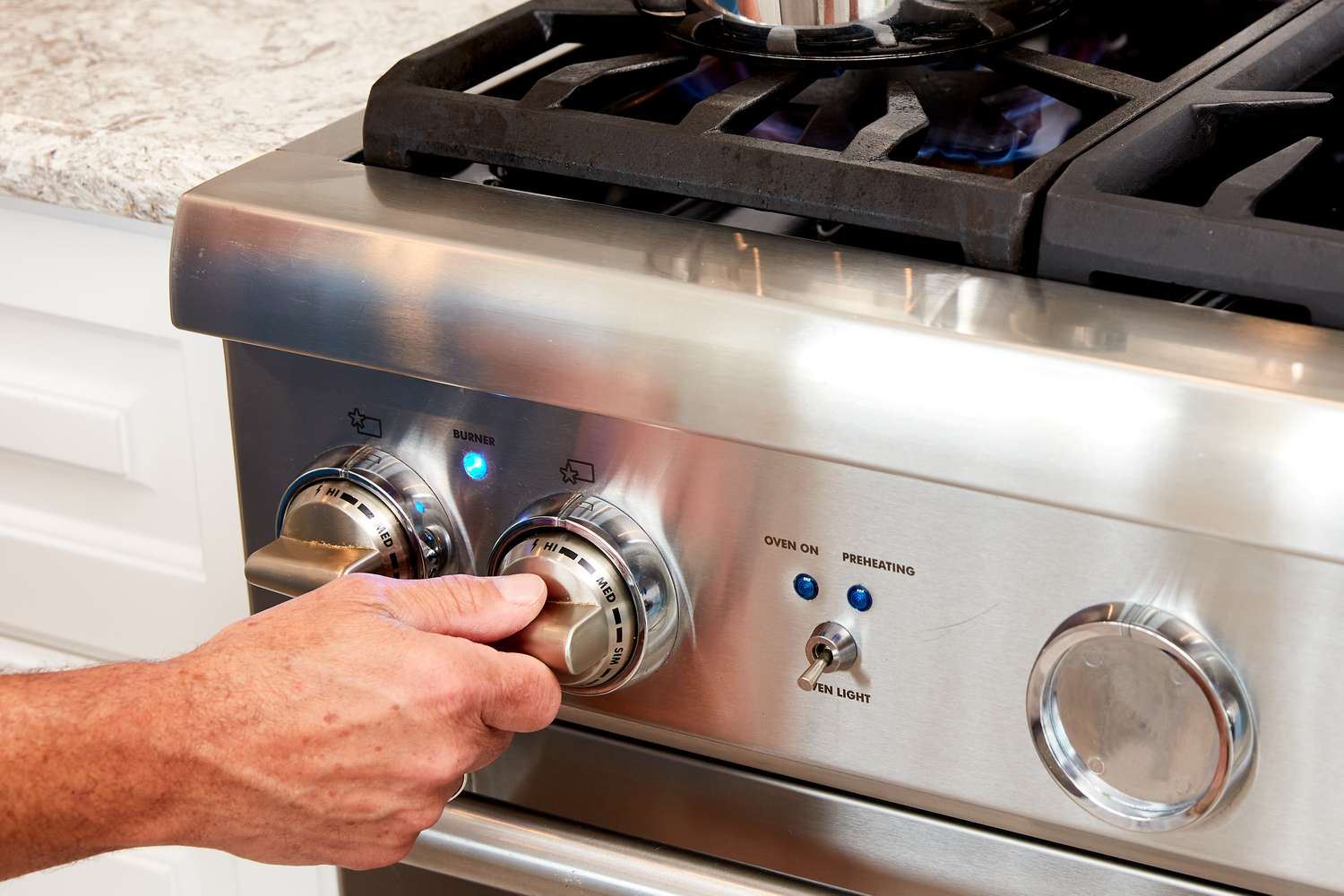
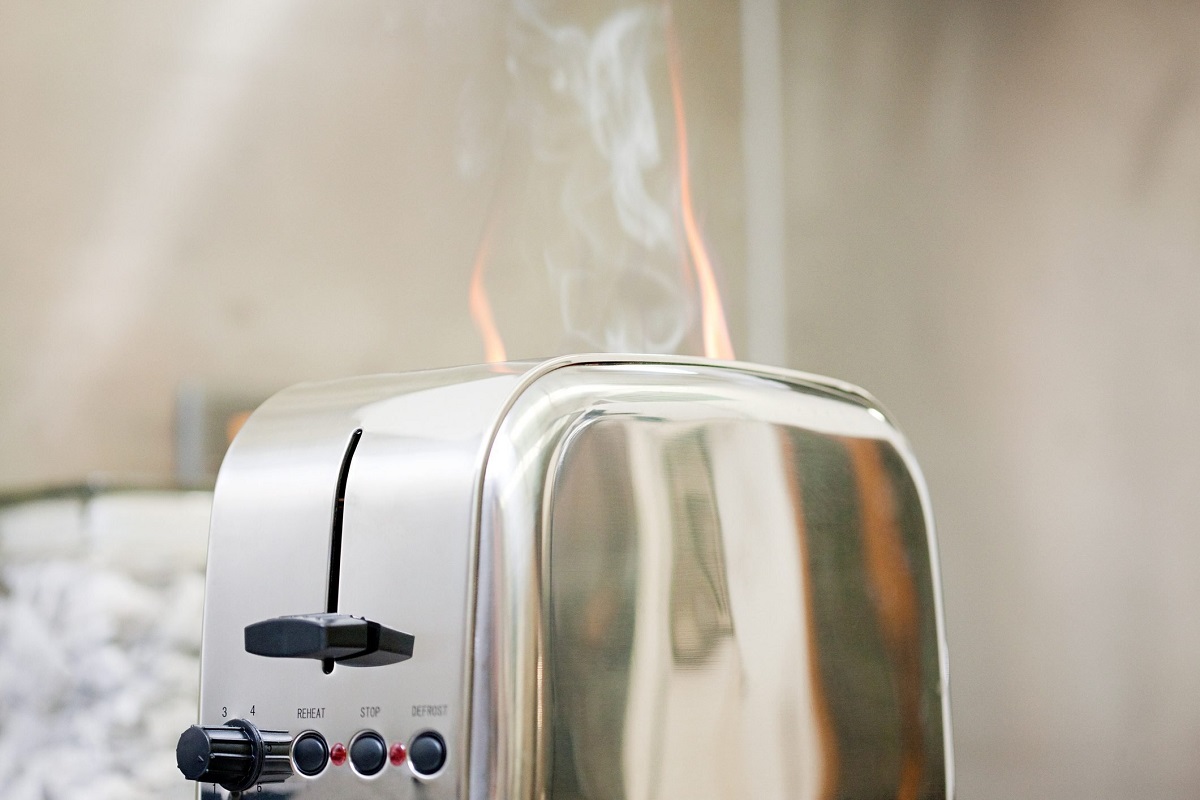
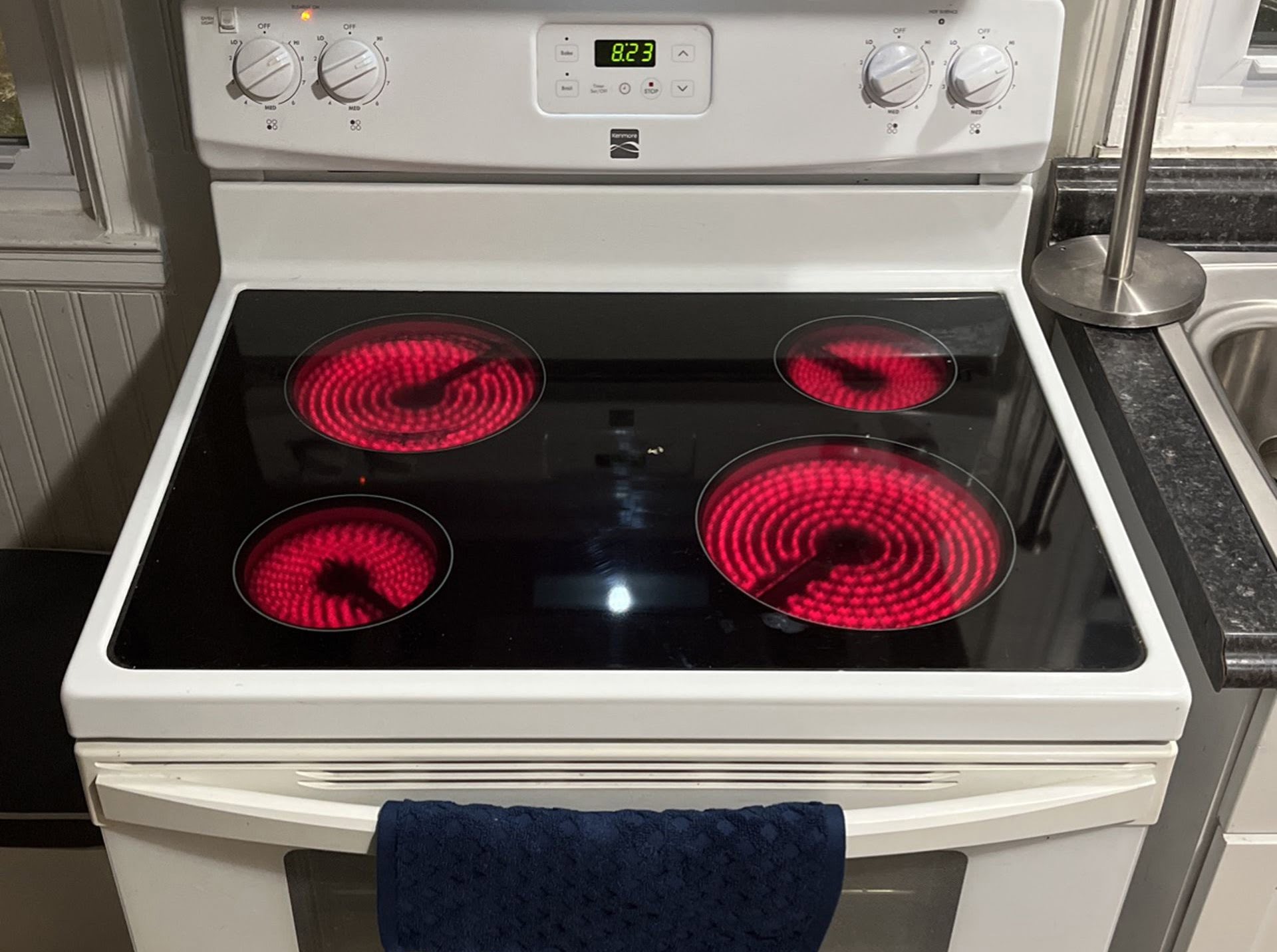
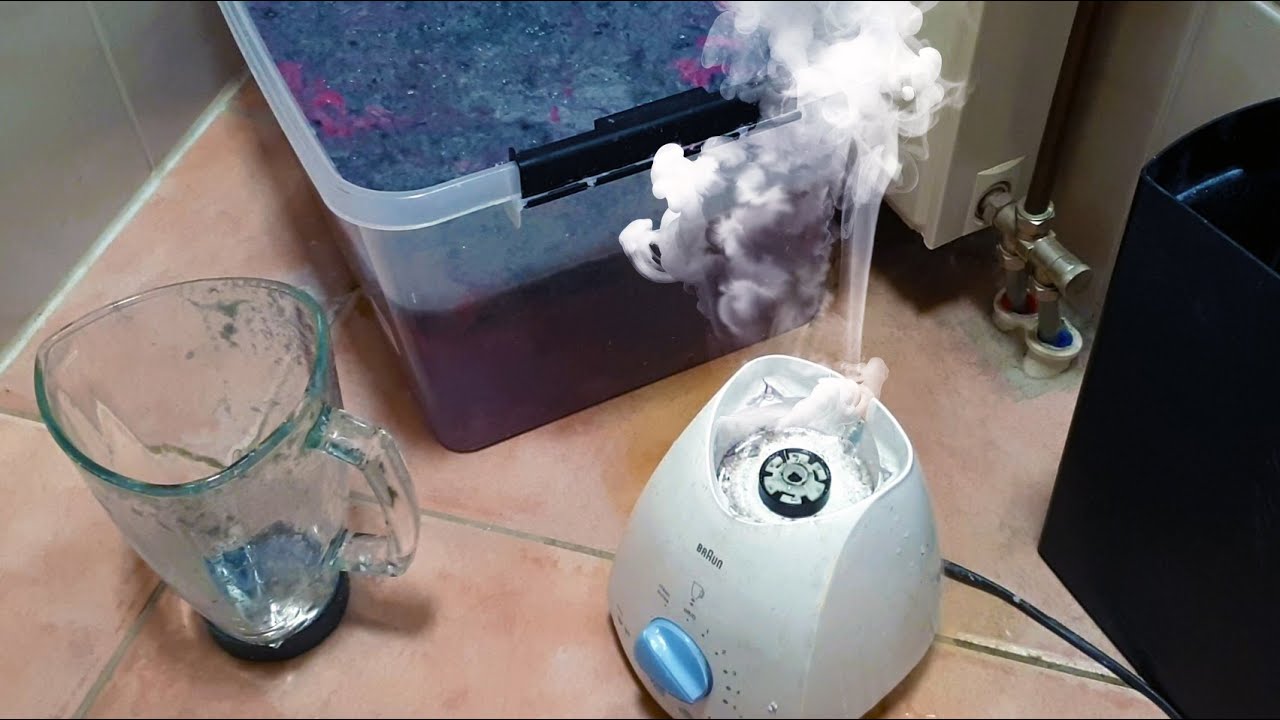
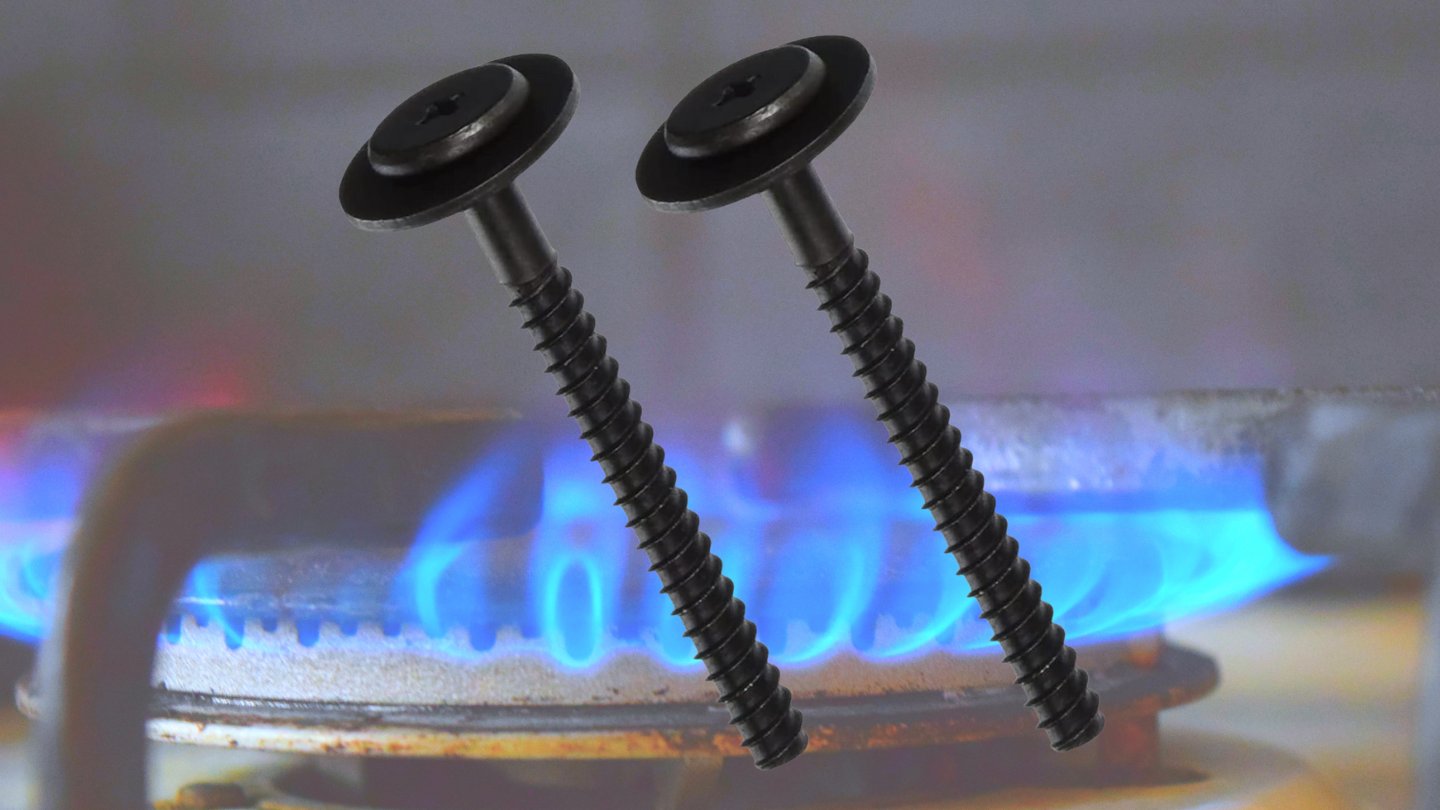
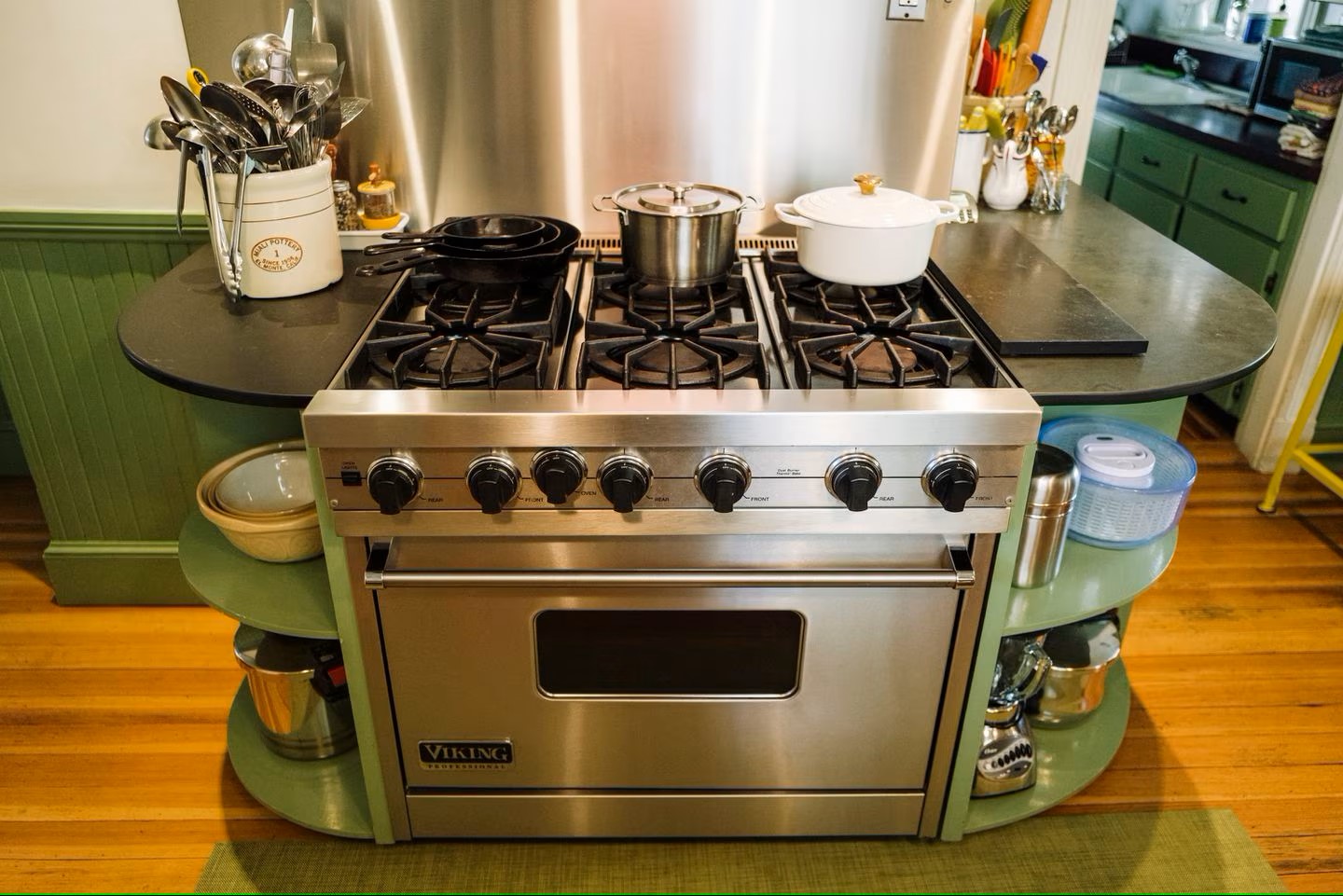
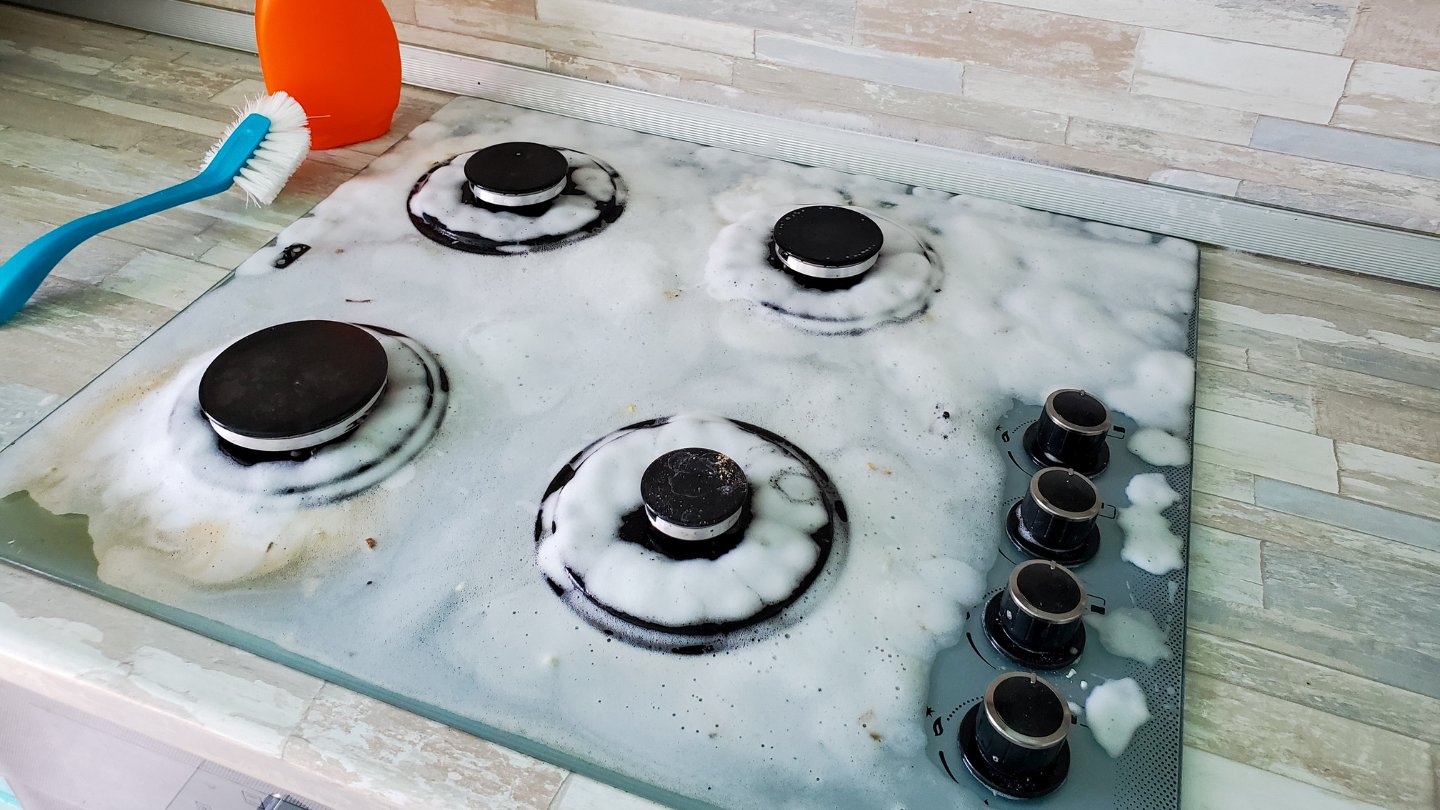
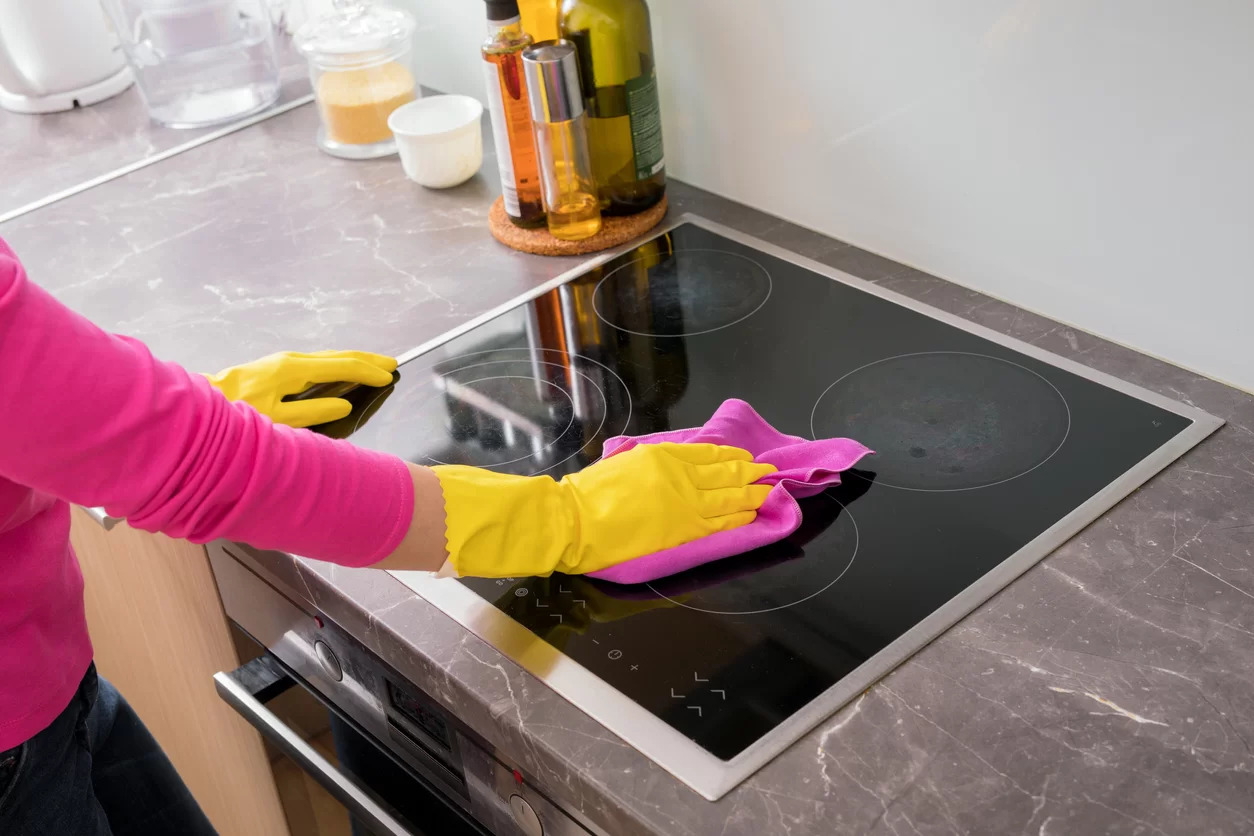
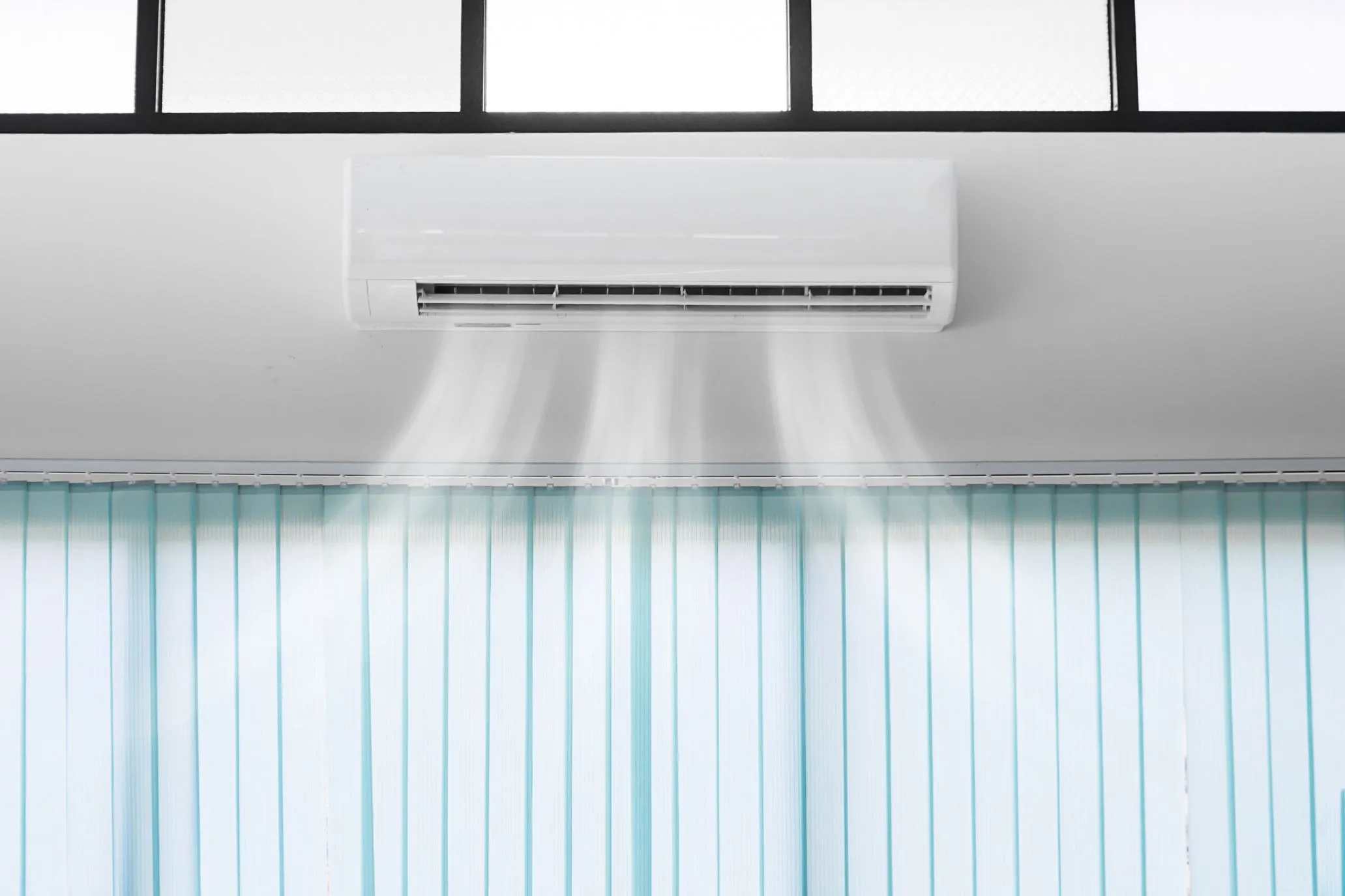
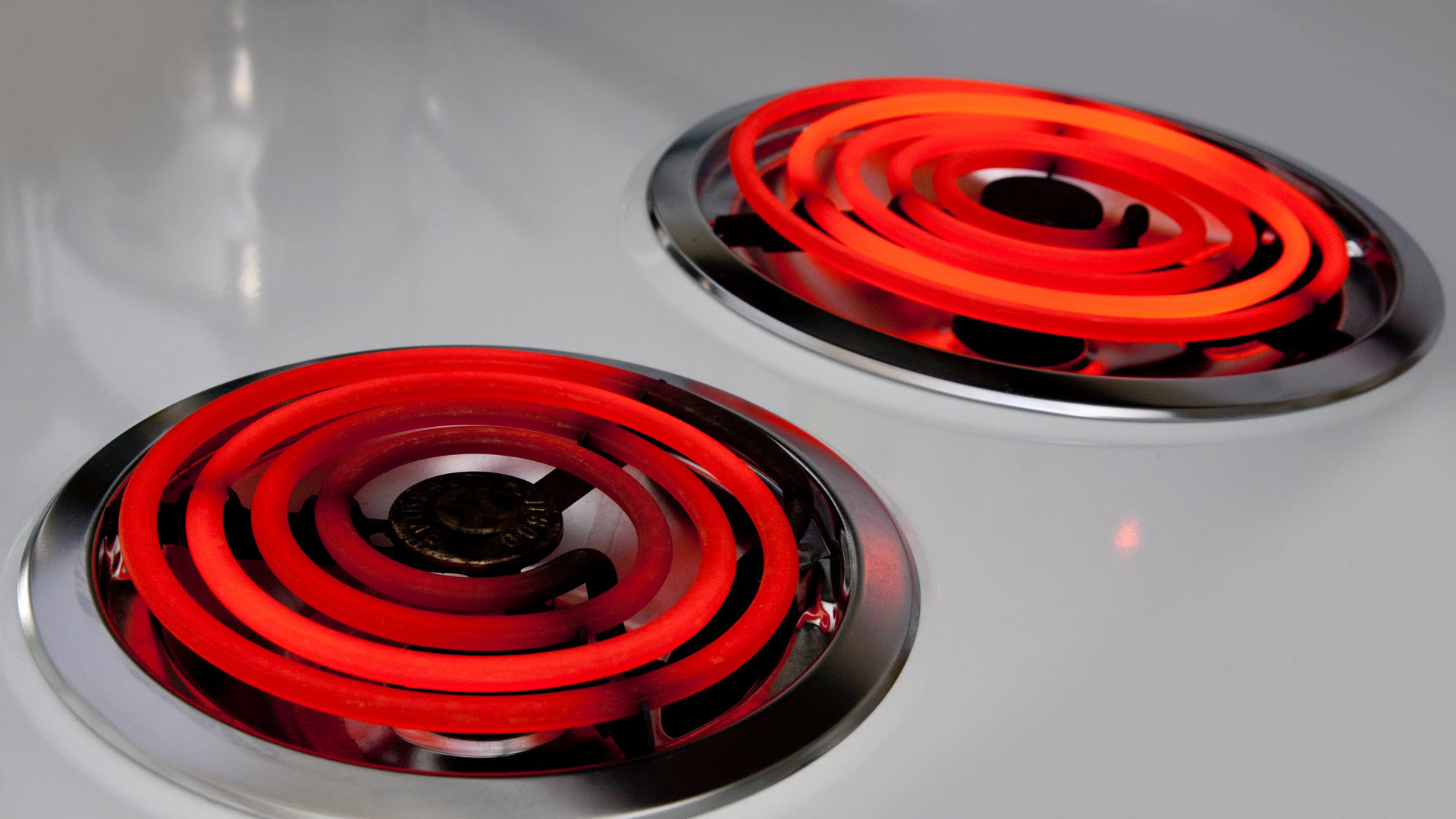
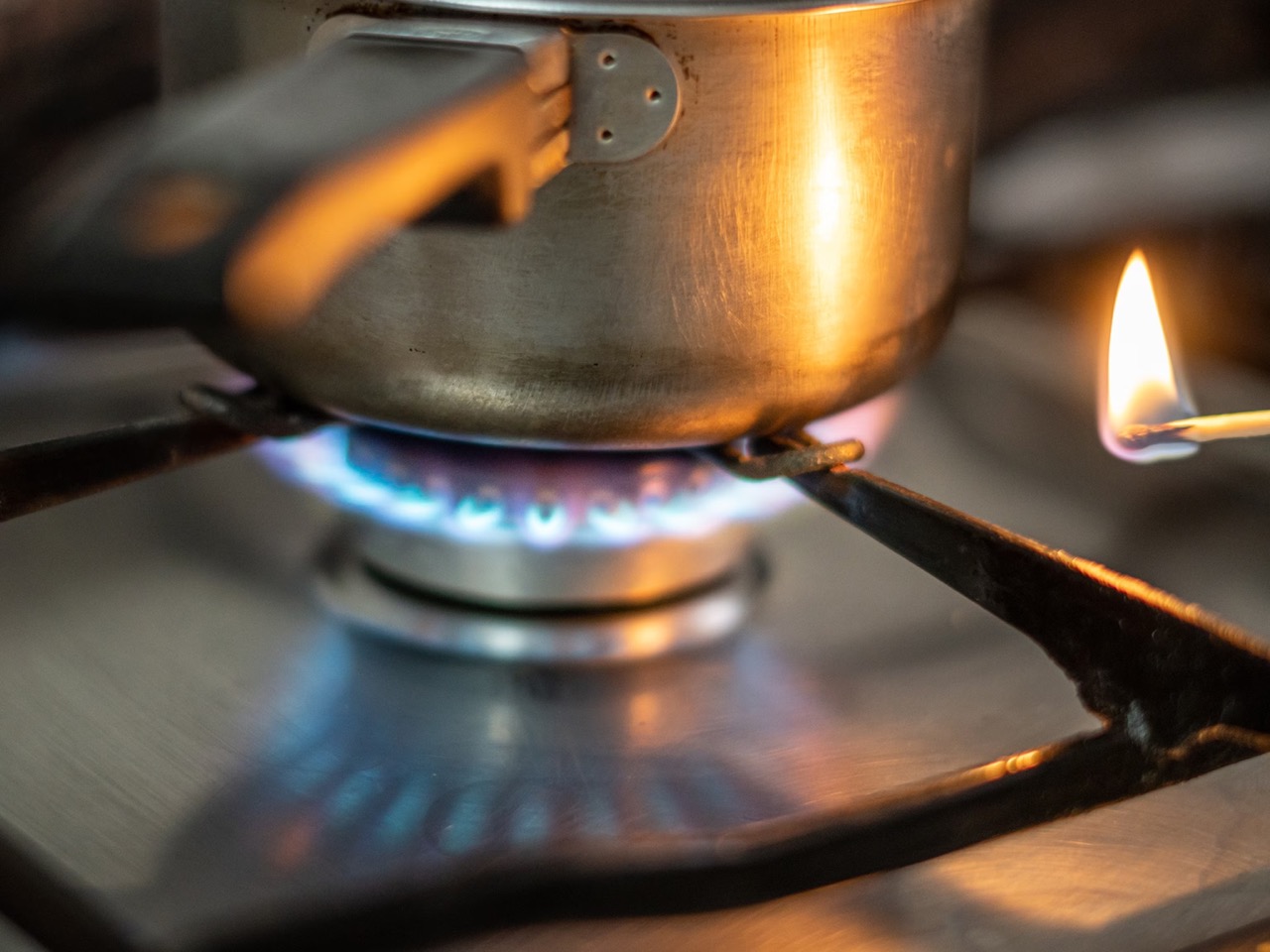
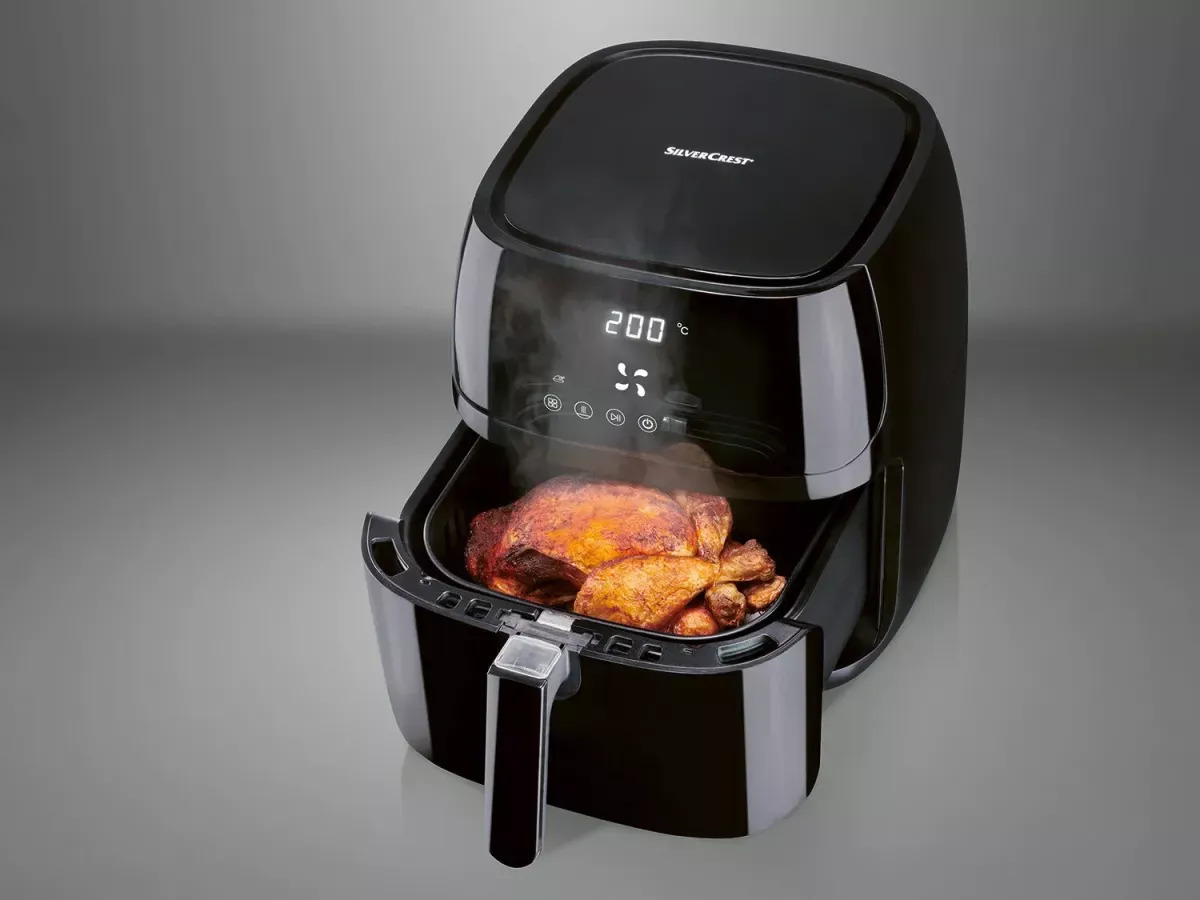

0 thoughts on “Why Are My Stove Burners Smoking”